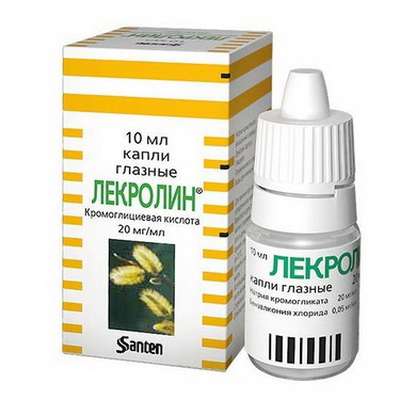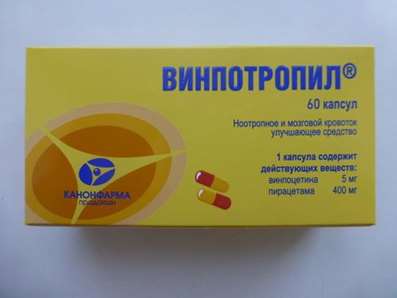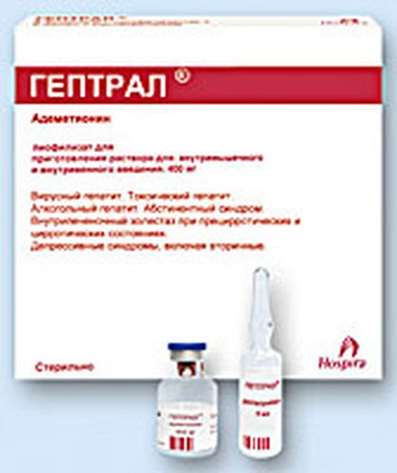6 books about Neurotransmitters
22 Oct 2016
What to read about the chemistry of the brain, the synapses and the basics of neuroscience.
The brain consists of neurons and neurons form contacts - synapses. The main role played by neurotransmitters in the synapses. Neurotransmitter - a substance that is released from a neuron processes to work on the next cell (nerve cell, muscle cell or gland). Neurons on the signals transmitted in the form of electrical impulses between neurons - by allocating mediators. Mediators can excite or inhibit the activity of the next cell. Knowing the neurotransmitter chemical structure and especially his work in the synapse (the effect on protein receptors, ion channels, enzymes), scientists create drugs, corrective brain functions: anti-depressants and tranquilizers, analgesics, neuroleptics, nootropics, and more.
If you decide to look into the brain, neurotransmitters and neuropharmacology, it is better to focus on the higher level of schooling. Suitable three-volume D. Taylor, N. Green, William Stout - one of the favorite books of advanced ten- and eleventh. Next you need to dive deeper into the physiology. To do this, fit a classical university textbook P. Schmidt and G. Thews, describing all human body systems, including the nervous and sensory organs. Next you will need a guide, "From the neuron to the brain", which is used bachelors physiological departments, learning the key concepts of the structure and function of individual neurons and the different structures of the brain. Overcoming an obstacle in the form of this weighty volume, you can reach a level that allows to dive seriously Neurochemistry and Neuropharmacology. For me, it started with a textbook dive Huho F. - publications that recommended us, then graduate students, academician Igor Petrovich Ashmarin, Head of the Department of Human and Animal Physiology of Moscow State University, the scientist who led major programs neuropharmacological studies in Russia in the 90s of the last century.
Blessed memory IP Ashmarina dedicated two textbooks that cover this list. They are created in relatively recent years, his students in Moscow and St. Petersburg. In them you can find a lot of modern information mediators, synapses, and the main groups of psychotropic drugs (drugs, toxins, drugs). Further deepening in the subject requires more than specific sources of information on specific problems of Neuropharmacology, Addiction, pathophysiology.
Taylor D., N. Green, W. Stout Biology. In 3 volumes.
The manual will form a basic understanding of all the major areas of modern biology - from the molecular level to the ecosystem level. However, the sections on ecosystems or, for example, plants can be omitted. But information relating to DNA and gene structure and function of proteins, organelles, and so on, more than important for the study and understanding of the many urgent problems of brain physiology and neuropharmacology. The focus, of course, should be given to the physiological section of the manual.
Schmidt, R., G. Thews Human Physiology. In 3 volumes.
Methodically and meticulously written in German publication dedicated to all the major aspects of modern physiology of our body. Particular attention is paid to its regulatory systems - the nervous and endocrine and neuroendocrine interactions. Without love, sections of this book mechanisms of activity of pharmacological agents that, simulating the effects of the autonomic nervous system, control the state of the heart, bronchi and intestine, and will remain a mystery for you.
For better reading and accepting information use Phenotropil, Semax, one of the best nootropics.
Nicholls JG, Martin AR, BJ Wallace, Fuchs PA From neuron to the brain.
Beautiful, updated at each edition of a book written by a rather complex and concentrated language. We consider all levels of the nervous system - from the synaptic and cellular nuclei and to macrostructures (sensory and motor cortex, thalamus, hypothalamus, basal ganglia). The authors explain the behavior of the most complex functions of the brain in terms of the activity of nerve cells that describe the history of many of the issues are often considered alternative points of view on key problems of neurophysiology.
Huho F. Neurochemistry. Fundamentals and Principles
The first textbook devoted entirely to chemical nerve cells and nervous system. We consider all the main aspects: metabolism and energy level and the level of the membrane of cell organelles, particularly the growth and maturation of nerve cells and nerve tissue, and so on. Particular attention is paid to the protein molecules to ensure the functioning of synapses and neurons: enzymes, ion channels, receptors, pumps. For its time, it contained a lot of benefits completely new and relevant information. Getting to know her really allows you to feel how fast the progress in our knowledge of the brain, neurotransmitters and psychotropic drugs.
Boldyrev AA, Eshchenko ND, Ilyukha VA Kaivarainen EI Neurochemistry
The book is written primarily from the point of view of scientists who are engaged in the brain at the molecular level. From this fundamental information about lipids and proteins characteristic of neurons and nerve tissue (myelin, cytoskeleton, axonal transport); the role of sodium, potassium, calcium and conducting electrical impulses in synaptic transmission; on the mechanisms of energy neurons; plasticity of neural networks; the role of second messengers (up to impact on the activity of genes); a variety of receptors (ion and metabotropic); of neural tissue responses to stress, heat shock, and so on.
Kamenskaya MA.,, Kamensky AA Fundamentals of Neuroscience.
Much of the material the training manual is devoted to rest and action potentials (electrical level of information in the brain), the mechanisms of operation of synapses and neurotransmitters (chemical level of the information). The authors give a description of more than 20 major mediators of the nervous system, describe the corresponding receptors, mechanisms of synaptic signal transmission, mention the most important groups of psychotropic drugs. In the future, all this information is used to describe the principles of the sensory and motor centers of the brain mechanisms of neurogenesis and synaptogenesis, memory formation, the development of a number of pathological processes, and so on.

 Cart
Cart





